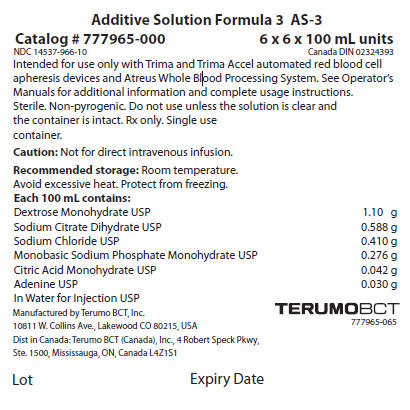As 3 while Breastfeeding

Is As 3 usage safe while breastfeeding? If a lactating mother is using it can there be any effect on growth or development of infant?
As 3 Breastfeeding Analsys
Dextrose monohydrate while Breastfeeding
SafeCAS Number: 50-99-7
Glucose (dextrose), as a component of oral re-hydration solutions, fluids for IV use, or, as excipient of drugs, is entirely compatible with breastfeeding. Nevertheless, D/W solutions orally used in neonates just after birth are highly discourage since it may affect initiation of lactation seriously.
Sodium citrate, unspecified form while Breastfeeding
SafeCAS Number: 77-92-9
Product that is naturally found in most fruits, especially citrus ones, and which is industrially produced through fermentation of sugar by the fungus Aspergillus niger. It is used in medical compounds as effervescent, to treat intestinal affections, as antioxidant, as an agent for alkalizing urine and dissolution of urinary tract stones. In the food industry it is used as additive (E 330) due to its antioxidant, preservative and flavoring properties. Devoid of toxicity when used at appropriate doses.
Sodium chloride while Breastfeeding
SafeCAS Number: 7647-14-5
Sodium chloride either as cooking salt, or, as oral rehydration solution, or, as IV fluid, is entirely compatible with BF.
Anhydrous citric acid while Breastfeeding
SafeCAS Number: 77-92-9
Product that is naturally found in most fruits, especially citrus ones, and which is industrially produced through fermentation of sugar by the fungus Aspergillus niger. It is used in medical compounds as effervescent, to treat intestinal affections, as antioxidant, as an agent for alkalizing urine and dissolution of urinary tract stones. In the food industry it is used as additive (E 330) due to its antioxidant, preservative and flavoring properties. Devoid of toxicity when used at appropriate doses.
As 3 Breastfeeding Analsys - 2
Sodium phosphate, monobasic, monohydrate while Breastfeeding
CAS Number: 7558-79-4; 7558-80-7
Phosphate is a normal constituent of breastmilk. Phosphate concentrations have not been measured in breastmilk after large maternal doses of sodium phosphate, such a 30 gram oral dose for pre-procedural bowel evacuation. However, the added phosphate in breastmilk is likely to be only about 130 mg over 24 hours in this situation. The increase from a typical dose of a rectal enema would be considerably less than this amount. Breastmilk sodium concentration is tightly regulated, and will not be affected. It is probably not necessary to suspend breastfeeding after the use of oral sodium phosphate solutions given once or twice for bowel evacuation before a procedure, but if there is concern, suspension of nursing for 24 hours after a dose should result in negligible increase in phosphate ingestion by the infant. Use of a phosphate rectal enema by a nursing mother would require no special precautions.
As 3 Breastfeeding Analsys - 3
Sodium phosphate, monobasic, monohydrate and Breastfeeding
SafeI already used As 3 and meanwhile I breastfed my baby should I be concerned?
Not much study has been done on safety of As 3 in breastfeeding and its ingredients. Even we do not have complete information about usage of As 3 in breastfeeding so at this point a trained medical professional could be your best bet. If you observe anything abnormal with your baby please contact 911.
I am nursing mother and my doctor has suggested me to use As 3, is it safe?
If your doctor considers As 3 safe enough to prescribe for you that means its benefits should outweigh its known risks for you.
If I am using As 3, will my baby need extra monitoring?
We are not Sure, Please check with your healthcare provider or doctor.
Who can I talk to if I have questions about usage of As 3 in breastfeeding?
US
National Womens Health and Breastfeeding Helpline: 800-994-9662 (TDD 888-220-5446) 9 a.m. and 6 p.m. ET, Monday through Friday
UK
National Breastfeeding Helpline: 0300-100-0212 9.30am to 9.30pm, daily
Association of Breastfeeding Mothers: 0300-330-5453
La Leche League: 0345-120-2918
The Breastfeeding Network supporter line in Bengali and Sylheti: 0300-456-2421
National Childbirth Trust (NCT): 0300-330-0700
Australia
National Breastfeeding Helpline: 1800-686-268 24 hours a day, 7 days a week
Canada
Telehealth Ontario for breastfeeding: 1-866-797-0000 24 hours a day, 7 days a week
